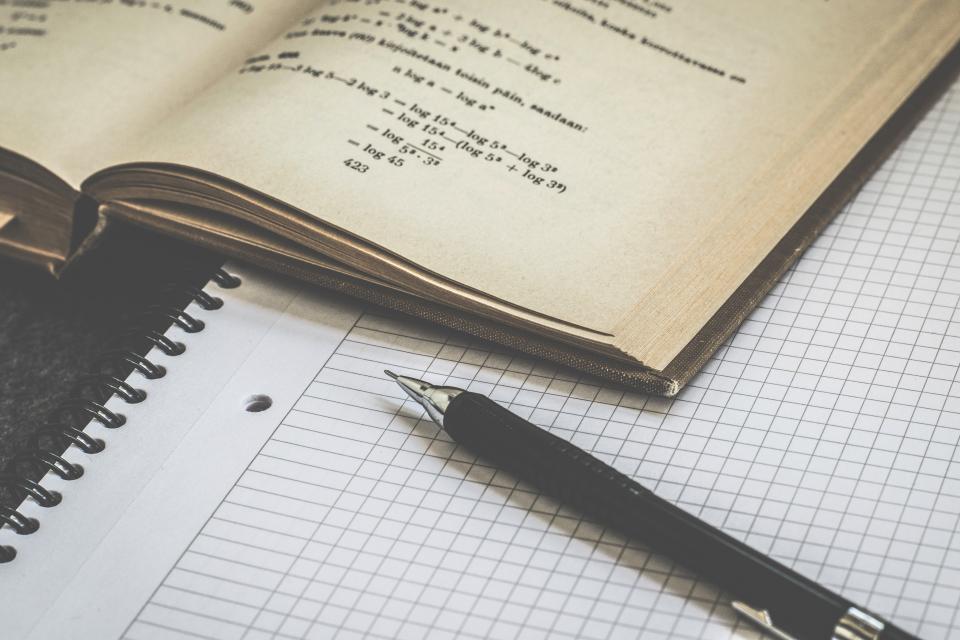After a teacher poses a question to the class, there’s often that silent pause as the students puzzle over the answer. How long should the teacher wait while the audience considers the problem? What’s the most productive way to use the question and answer style response with a classroom?
There were several studies in the 1970s that looked into the effect of the teacher’s waiting time after asking a question had on students and their learning. In 1972, Mary Budd Rowe’s work found that students answered more frequently and with longer responses when teachers paused longer. In 1994, Robert Stahl had similar findings that showed the number of “I don’t know” student responses decreased by increasing the waiting time.
Studies show that pausing for up to five seconds after posing a question has a great impact on student learning. However, the common length of the pause was about 0.9 seconds, so teachers may enhance it to refine the effect.
How do you help math classrooms cover a wide variety of content while utilizing the best practice of extended wait times? Try using the four following strategies and resources to help students improve their classroom engagement and thus carry their skills over into homework and other assignments.
Share the Class Agenda
Students will be more prepared and ready to answer math questions if they first have an idea of what topics are going to be discussed that day. Start off class by sharing an overview or agenda of the subjects and activities the students will be reviewing that day. Students will have time to mentally prepare for the assignment ahead of time and have more time to recall prior knowledge.
By informing the students of the topic and order of class activities, students will be ready to receive questions and generate an answer during the waiting time.
Use a Class Opener
If students don’t immediately begin utilizing their time effectively once they are in the classroom, it may become difficult for them to get on track and focus on the questions. Start the class off properly by presenting some warm-up math problems with a quick assessment.
This practice will help students prepare for impending math questions and build their confidence and engagement in the topic of the day.
Give Multiple Examples Beforehand
Before presenting students with math questions, demonstrate several examples beforehand to put strategies and solutions into the student’s heads. Solve a problem together with the class before asking them any questions on similar math equations.
The use of multiple examples is useful in other subjects besides math as well. Students will benefit from seeing various diagrams in science class or multiple essay samples in English class. A variety of essay samples can be found at affordable prices at World Essays.
Apply Educational Apps
Phone and tablet applications are an excellent way to help with math fluency for the young students. Apps like Quick Math help generate questions the students can answer quickly at their own pace and independently. There are also educational math games, such as Math vs. Zombies, which make learning fun. Many of these apps are free, but many you can buy at affordable prices.

There are some ways for a teacher to use wait time effectively, helping students answer math questions quickly and confidently without rushing them. These strategies can also be employed for some other different school subjects, so try them out and see how student comprehension improves!
Written by Cristian Dorsey – IT Geek and Blogger



1 Comments